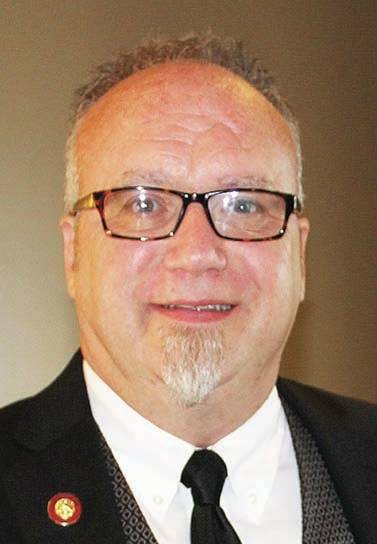Diversity of leadership at the University of Kentucky
Published 9:57 am Monday, December 11, 2017
With all due respect to the four brave men who integrated University of Kentucky, and SEC, football, President Eli Capilouto’s recent peaen to their accomplishments would ring more heartfelt if his own top staff resembled them more.
His 10-member leadership team includes eight white men and two women, one black. The lone black person is, all too predictably, in the slot designated to promote diversity on campus.
As Linda Blackford reported recently, Capilouto’s team does not mirror the campus it oversees, where 54 percent of students are female and 14 percent are members of a minority.
Perhaps most disturbing is that none of this is new. A persistent criticism of Capilouto, even from a typically uncritical board, is lack of diversity among those who report directly to him.
“One of the top recommendations (in evaluations) was the expansion and diversification of his inner circle, and he’s never done it,” C.B. Akins, a trustee until his term expired this year, told Blackford.
The topic moved to center stage in 2013 when, two years after Capilouto came to UK, he searched for a new provost, the university’s chief academic officer. At that time, his 11-member leadership team included 10 men, one black and one Asian, and one black woman (again, occupying the role charged with promoting diversity). Capilouto did hire a woman, Christine Riordan, as UK’s first female provost but she left in under two years and was replaced by pharmacy dean Tim Tracy, a white male.
Tracy is leaving at the end of this month and Capilouto is searching internally for a new provost. The three finalists will speak at open forums on campus this week. Again, diversity in Capilouto’s cabinet is part of the discussion.
Why does it matter?
First there is simply leading by example: Can UK really convince minority or female students that they can achieve at the highest levels when it’s not happening here?
There’s also tons of research showing that greater diversity, by gender and ethnicity, produces better results. The consulting firm McKinsey & Co., for example, found that gender-diverse companies are 15 percent more likely to financially outperform their peers, while those that are ethnically diverse are 35 percent more likely to outperform.
McKinsey believes they do better, in part, because more diverse companies are able to attract better talent, creating a virtuous cycle of improvement.
That’s not happening at UK. One of the school’s 19 deans is a black man and seven, far less than half, are female. Among faculty, 40 percent are women and only 3.6 percent black.
“The problem is that we don’t have very many people in the pipeline,” said Anastasia Curwood, a history professor who directs UK’s African American and Africana Studies program. So, with Capilouto’s decision to skip a national search and look internally for a new provost, he will find a field of candidates dominated by white men. Hardly a virtuous cycle.
In his blog post about the four athletes, Capilouto recalled that when a sculpture of the four was dedicated last September, he quoted Henry David Thoreau: “It’s not what you look at that matters, it’s what you see.”
It’s a nice thought but Capilouto is asking a lot if he expects students to “see” themselves reflected in his inner circle. It’s past time he gives them a more diverse leadership team to look at.
Lexington Herald-Leader




